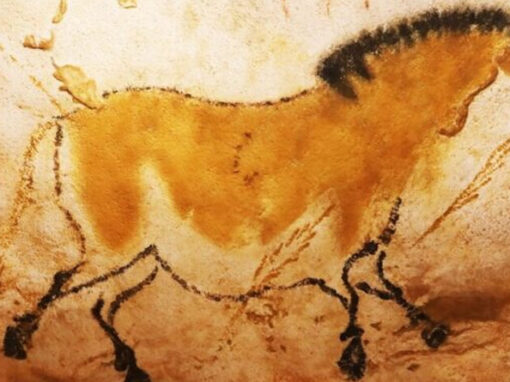
«Somewhere in a book, there’s a phrase waiting to give meaning to our existence.»

Ever wondered about the life of the man behind «Don Quijote»?
Meet Miguel de Cervantes, a prominent Spanish writer of the 16th and 17th centuries. Born in 1547, he’s best known for his masterpiece, «Don Quijote de la Mancha».
Cervantes led a life filled with challenges and adversities, including his participation in the Battle of Lepanto, where he was wounded and lost the use of his left hand.
Throughout his life, Cervantes penned numerous literary works across various genres, such as novels, poetry, and theater. However, his fame and recognition peaked with the publication of «Don Quijote».
His literary legacy has left an indelible mark on Spanish and universal literature.
Did you know…?

At 18, Cervantes lived in Italy, where he enlisted as a soldier. This wasn’t by choice; after injuring a man in a duel, King Philip II ordered his capture, prompting Cervantes to flee to the neighboring country.
Before the Battle of Lepanto, he had a fever and was excused from combat. However, he refused to withdraw and fought heroically, suffering multiple wounds: two gunshots to the chest that also affected his left hand, rendering it useless.
Cervantes wrote «Don Quijote» while imprisoned for tax-related offenses. It’s the second most translated book in history. One copy of «Don Quixote» sold for $1.5 million.
There’s no evidence that Cervantes knew Shakespeare’s works; the first translations of Shakespeare’s works arrived in Spain in the late 18th century. However, Shakespeare did read the first part of «Don Quixote», translated into English by Thomas Shelton in 1612, and based the character of Cardenio on it.
Learn with Miguel de Cervantes

His Era
Cervantes lived in a vibrant period full of curiosities and thrilling stories that captivate anyone’s interest.
Don Quijote
One cannot speak of Cervantes without mentioning the masterpiece of Spanish literature: «The Ingenious Gentleman Don Quijote of La Mancha».
A Turbulent Life
Cervantes lived on the edge and, at times, was close to death before bequeathing us his great work.
Want to know more?
Would you like to speak face-to-face with Miguel de Cervantes?
Do you want this character to appear at your school or museum?
Are you interested in learning how the Miguel de Cervantes activity unfolds in detail?















